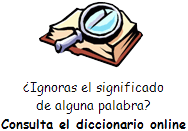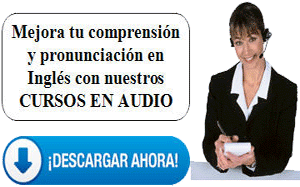| Teachers Consider Different Ways to
Teach Language, Communication Classes How
can teachers best lead language classes, special education classes, or
communication classes while protecting themselves and their students?
This fall, American teachers are considering that very question.
With some students coming back to school for classes, teachers have
begun experimenting with unusual objects, special kinds of masks or face
coverings, and even protective bubbles.
Stephanie Wanzer is a teacher who works with special education students
in Fairfield County, Connecticut. Special education is a term for
classes with students who have special needs because of physical or
learning issues.
While teaching, Wanzer says she would like students to see her smile, so
that they know she is happy. But they cannot see her face because of her
mask. Instead, Wanzer uses an unusual object - a stick with an image of
a smile. Wanzer recently described working with one student to the
Associated Press.
“I try to be really expressive with my eyes,” she said. “He’s looking at
me and I’m not sure if he thinks I’m mad or happy because you can’t see
my mouth smiling,” she said. “So I actually have a smile on a stick,
which is bizarre, but it’s a smile like, ‘Look, I’m smiling.’”
Jon Resendez is a teacher in Irvine, California. He teaches civics, the
study of the rights and duties of citizens and of how government works.
His classes started online this year. But now that some students are
returning to school, he worries about how masks will affect his classes.
“Part of what I do as a civics teacher is to teach people to engage in
civic conversations,” he said. A conversation is a discussion between
two or more people.
Resendez said he likes to hear a small amount of
sound in the class “because if the students are talking, they are
thinking.”
Jon Resendez added that an important part of communicating is seeing
other people’s facial expressions and body language.
Teaching is especially difficult for those who work with students with
hearing difficulties or students who do not speak English as their first
language.
Some sounds can become more difficult to hear when spoken through a
mask.
Deborah Short is president of the TESOL International Association. The
Virginia-based group connects teachers who teach English to speakers of
other languages.
She said, “For one, the mask might muffle some sounds, making it harder
for English learners to distinguish them, such as the sound for ‘P’ and
the sound for ‘B.’”
Short said teachers can reduce these problems by speaking loudly and
clearly. They also can use videos and images to “show how sounds may be
created,” she explained.
Some schools have ordered clear plastic coverings so that students can
see teachers’ mouths.
Wanzer said one teacher wore such a mask while working with a student
who has hearing difficulties. The student said the mask was unnecessary.
The teacher was happy not to use it, she said, because the plastic
material was so uncomfortable.
Still, teachers and schools are behind the increased demand for clear
masks from companies like Baltimore-based ClearMask.
Allysa Dittmar is ClearMask’s co-founder and president. The company
began making clear masks after Dittmar, who is deaf, was unable to
communicate well with a traditional mask while undergoing surgery.
“We see a large need for early childhood education to support young
children’s social, emotional, and language development, as well as
specific programs for students,” Dittmar said.
At the C.B. Jennings International Elementary Magnet School in New
London, Connecticut, teachers get carts with protective windows. Carts
are small wheeled tables that are pushed. Teachers can stand behind
these carts as they move around the classroom.
But even while standing behind the carts, many teachers still keep their
masks on, noted Elizabeth Sked. She added that expressive eyes help
teachers connect with students.
Belinda Williams is a teacher at Webb Elementary School in Franklin,
Indiana. She said she and her young students have become used to wearing
masks, social distancing, and regular hand cleaning.
Williams put superhero images in her classroom. She tells students they
have “special powers” when they are wearing face coverings.
“Do I wish we didn’t have to wear a mask? Absolutely,” she said. “But if
it means teaching our children in person, then I will do what it takes.” |
![]() ).
Utiliza el botón derecho del ratón y "guardar enlace" para descargar el
fichero a tu PC, tablet, Smartphone, etc.
).
Utiliza el botón derecho del ratón y "guardar enlace" para descargar el
fichero a tu PC, tablet, Smartphone, etc.![]() Escucha el audio
Escucha el audio



